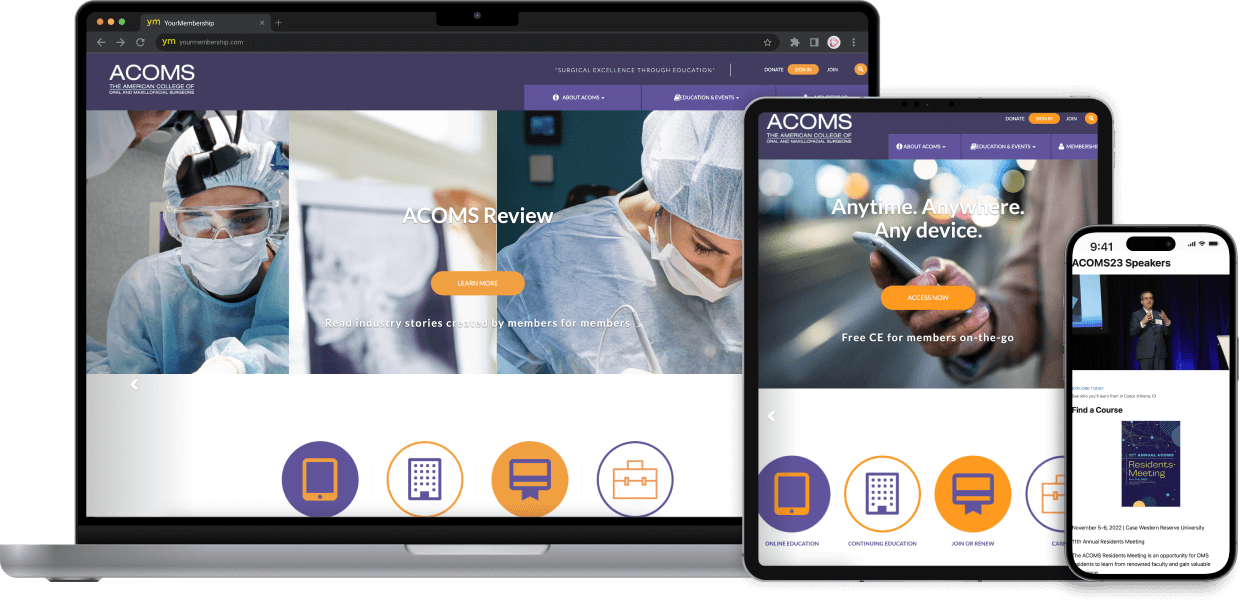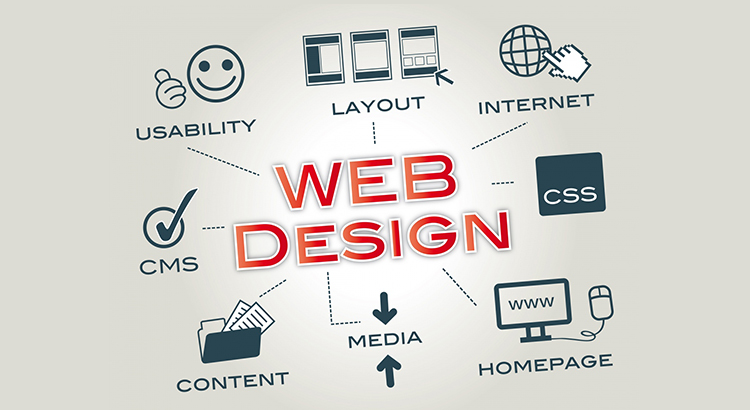Achieve Online Success With User-Friendly Web Site Layout
In the increasingly competitive digital landscape, the style of a website can be a critical variable in determining a company's success. User-friendly style not just boosts the total user experience but also influences essential metrics such as retention, conversion, and interaction rates.
Value of Customer Experience
Customer experience (UX) plays a pivotal duty in the success of an internet site, as it straight influences user complete satisfaction and interaction. A positive UX makes certain that site visitors can browse the website easily, gain access to details quickly, and complete preferred actions, such as signing or making an acquisition up for a newsletter, without aggravation.
In a digital landscape where competition is strong, a site that focuses on UX can substantially improve brand name loyalty and retention. Customers are more probable to return to a website that provides a smooth experience, producing a cycle of repeat gos to and increased client lifetime worth. Additionally, reliable UX design can lower bounce rates, as customers are less likely to leave a site that meets their requirements effectively.
Additionally, search engines significantly take into consideration user experience elements when ranking web sites. Therefore, spending in individual experience is crucial for achieving long-term success in the digital marketplace.
Key Principles of User-Friendly Design
A successful user-friendly layout pivots on a number of crucial principles that improve functionality and ease of access. Most importantly is simplicity; a clutter-free interface enables users to browse easily, minimizing cognitive tons. This concept stresses the importance of succinct and clear material, allowing users to locate details quickly without unnecessary interruptions.
Consistency is an additional vital component. Regular usage of layouts, colors, and fonts promotes experience and constructs depend on. Individuals should really feel comfortable as they discover different areas of the internet site, recognizing that similar components represent relevant performances.
Effective typography additionally plays an important role in straightforward design. Readable fonts, proper sizes, and appropriate spacing ensure that web content is easily understandable throughout different tools. Integrating intuitive aesthetic pecking orders aids users determine vital information and actions at a glimpse.

Vital Attributes for Navigation
Efficient navigating is crucial for any type of straightforward website, as it directly affects the total user experience. A well-structured navigation system allows individuals to situate details quickly and efficiently, minimizing frustration and enhancing interaction.
One important function is a user-friendly and clear menu that categorizes content rationally - website design copyright. This menu must be easily available from every web page, usually positioned at the top or on the side of the website. Additionally, incorporating breadcrumb navigation helps users understand their area within the website power structure and makes it easier to backtrack
Look functionality is an additional essential part, making it possible for customers to locate details web content without filtering with several pages. This feature should be prominently presented and receptive to variations in input.
Furthermore, a mobile-responsive design ensures that navigating stays seamless throughout tools. As mobile use remains to increase, menus ought to adapt to different display sizes without jeopardizing functionality.
Last but not least, aesthetic hints such as highlighting the active web page and utilizing hover impacts can boost user interaction. By integrating these necessary features, site designers can create a navigational experience that is not just easy to use but likewise encourages expedition and retention.
Ease Of Access Factors To Consider
Availability considerations are important to creating a straightforward site that provides to all individuals, despite their impairments or capacities (website design copyright). Sites have to be developed to make certain that individuals with aesthetic, acoustic, cognitive, or motor informative post disabilities can engage with material properly. This starts with adherence to the Web Material Access Guidelines (WCAG), which supply a structure for making electronic content a lot more accessible
Key methods consist of the usage of descriptive alternate message for photos, ensuring color contrast ratios satisfy access standards, and offering subtitles for multimedia components. In addition, the navigation ought to be user-friendly, permitting customers to tab through links and interactive elements easily. Carrying out keyboard navigation is vital for those not able to make use of a computer mouse.
Moreover, clear and succinct language enhances comprehension for users with cognitive limitations. Forms should be straightforward, with labels and guidelines that are Website easy to understand. Normal accessibility screening, consisting of customer responses from people with specials needs, can assist determine barriers and improve functionality.
Measuring Layout Success

Individual feedback surveys and usability testing are important in analyzing the performance of style elements. These approaches permit designers to gather straight input from individuals, identifying discomfort factors and areas for enhancement. Furthermore, tracking heatmaps can disclose where customers click most regularly, helping to notify format changes and material prioritization.
Google Analytics can track customer behavior, exposing patterns that suggest whether the layout is helping with or impeding the individual journey. Eventually, an effective internet site layout not just meets company goals however likewise promotes a pleasurable and seamless individual experience, driving involvement and commitment over time.
Final Thought
To conclude, straightforward internet site layout is extremely important for achieving online success. Focusing on customer experience via simpleness, instinctive navigating, and efficient visit here comments systems not only improves user engagement and contentment yet additionally promotes brand loyalty. Incorporating important navigation features and accessibility factors to consider better makes certain that all customers can successfully engage with the site. Ultimately, gauging layout success gives useful insights that guide continual improvement, solidifying a solid on the internet existence in an affordable electronic landscape.
Web sites must be designed to make sure that users with visual, acoustic, cognitive, or motor problems can engage with content properly.Measuring layout success involves examining how successfully a site fulfills its intended objectives while supplying a favorable user experience. Google Analytics can track individual behavior, exposing patterns that show whether the design is hindering the individual or facilitating trip. Ultimately, an effective website style not just fulfills company purposes but likewise promotes a satisfying and smooth user experience, driving interaction and commitment over time. Focusing on customer experience via simplicity, intuitive navigation, and effective comments systems not only improves individual involvement and satisfaction but also promotes brand loyalty.